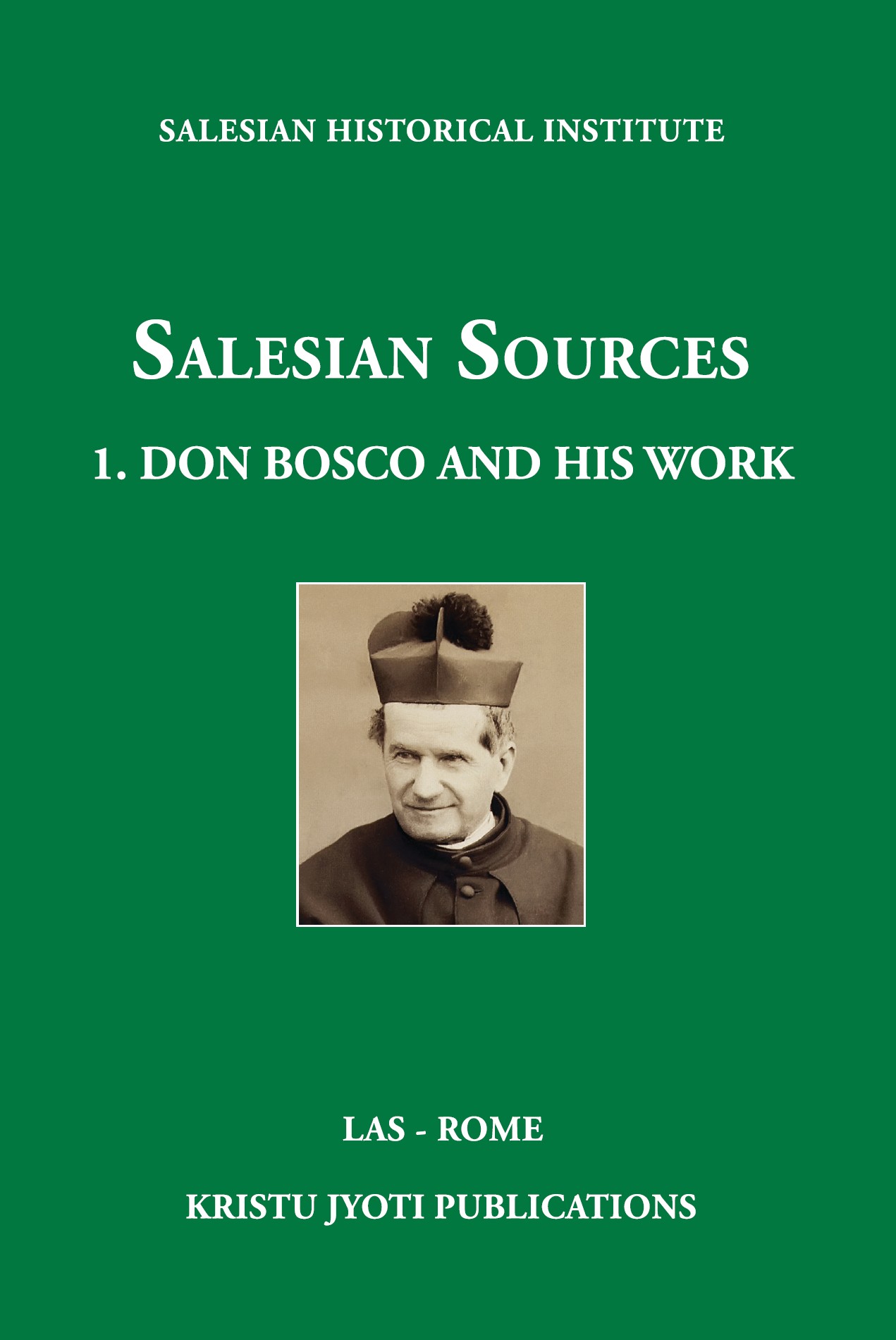The financial contributions asked for and obtained from public authorities and institutions were certainly not enough to help him confront the huge expenses of the Salesian Work. It was necessary to appeal to private charity. Logically, Don Bosco turned especially to families and individuals who had financial possibilities, meaning those belonging to the nobility, mostly large property owners, and the upper and middle class of the time who were notably ready to dispense charity. Some of these, albeit modest in their private savings, could actually find an outlet in educational and charitable works such as those of Don Bosco.
These then slowly, but uninterruptedly extended the geographical area of his potential benefactors, moving from the restricted circles of Turin and Piedmont, whom he knew personally, to the broader national and even international circle that he could reach through circular letters and private correspondence. He wrote frequently to his more generous French benefactors of latter years: the Quisnard family in Lyon, mademoiselle Claire Louvet and especially the Colle husband and wife couple in Toulon (76 letters) who offered sums today worth millions of euro. His most conspicuous benefactors (Callori, Fassati, Ricci des Ferres, Corsi, Uguccioni, Mother Galeffi, the already mentioned Colle family and Louvet in France, Dorothy Chopitea in Spain…) Don Bosco approached personally while on his many journeys, often organised precisely because he was looking for liquidity in the recurring and unpredictable moments of financial crisis, when national and local charity was contracting.
Reference time period: 1851 – 1886
G. Bosco, “Appeals to private charity” in “Section five. The ongoing search for financial resources” in “Part one. Writings and documents on the history of Don Bosco and salesian work” by Francesco Motto in “Salesian Sources 1. Don Bosco and his work. Collected works” , LAS – Kristu Jyoti, Rome – Bangalore 2017, 377-405.
Reference institution:
Istituto Storico Salesiano
